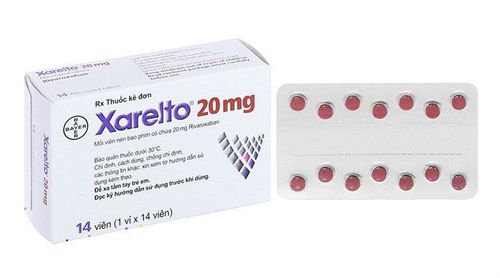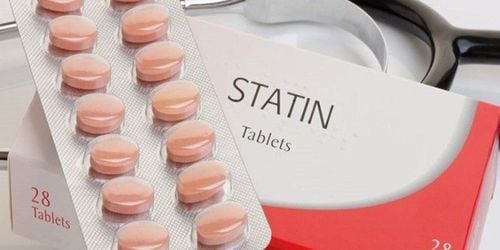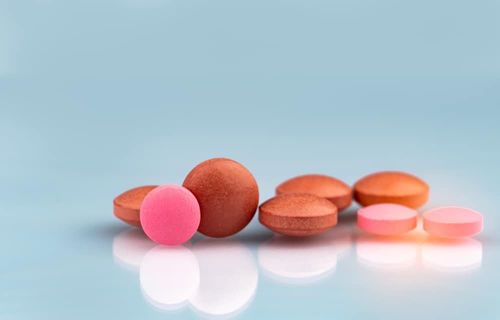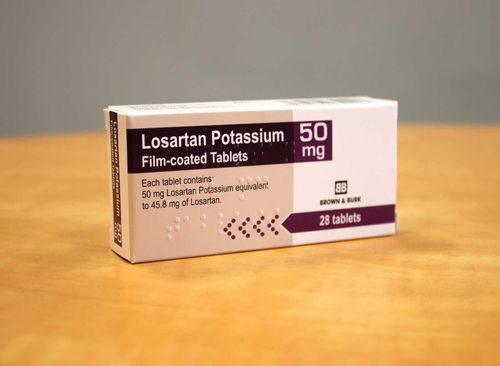This is an automatically translated article.
Anticoagulant Warfarin is used in the treatment and prevention of venous thrombosis, in a number of diseases related to the circulatory and respiratory systems. However, during use, patients may experience some side effects as well as interactions with the anticoagulant Warfarin with the patient's body.
1. Anticoagulant Warfarin
Warfarin is used in the prevention and treatment of venous thromboembolism in typical diseases such as: pulmonary embolism, atrial fibrillation, patients after heart valve replacement or some diseases related to Genetic factors such as protein C deficiency in the body... Besides, the drug is also used as a measure to support reducing the risk of myocardial infarction and other thromboembolic diseases for people with high risk factors. Warfarin can prevent blood clots from forming and spreading, but they cannot directly remove and restore ischemic damage. The drug works by acting on vitamin K-dependent clotting factors, which are clotting factors II, VII, IX, X as well as the anticoagulant proteins C and S. More specifically, the drug acts Acting on the activation of coagulation factors, preventing the oxidation and reduction of vitamin K of coagulation factors, so that the clotting factors cannot function as well as participate in the coagulation flow. blood in the patient's body.Warfarin is indicated for use in the following cases:
Patients with blood clots inside or near the heart site, at high risk of leading to stroke, heart attack or muscle damage other authority. Patients with pulmonary embolism Patients with venous thrombosis Patients with cardiac arrhythmias that are risk factors for the formation of blood clots in the heart Patients undergoing prosthetic heart valve replacement
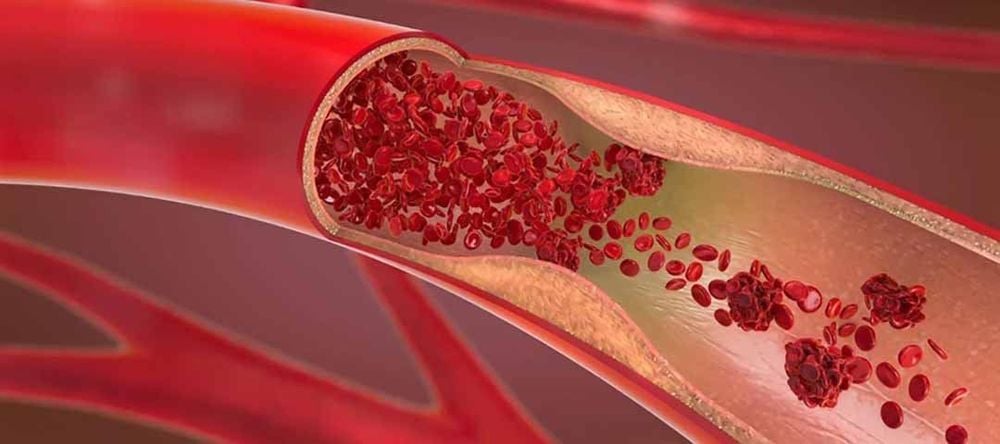
Bệnh nhân huyết khối tĩnh mạch có thể được chỉ định dùng thuốc kháng đông máu Warfarin
2. Warfarin anticoagulant side effects
The most common clinical side effect of the anticoagulant Warfarin is bleeding. The patient may have difficulty stopping bleeding when there is a wound on the hand or being unable to stop the bleeding when there is a nosebleed. More severe cases may experience internal bleeding.
In other cases, the side effects that the drug causes include: tissue necrosis, cardiac arrhythmia, whole-body atherosclerosis... For bleeding, the patient has clinical manifestations such as: prolonged menstrual bleeding, red or brown urine, black or bloody stools, severe headache, stomach pain, pain and swelling in the joints, vomiting blood or substances that look like coffee grounds, coughing up blood, vision disturbances..., at this time it is necessary to take the patient to the nearest medical facility for medical assistance. Tissue necrosis is a condition that can be encountered after a patient takes the anticoagulant Warfarin for a few days, the obvious manifestation is the appearance of sores, changes in skin color, changes in skin temperature or unusual pain. . Therefore, some patients experience very serious side effects, and the treating physician may consider and prescribe alternative anticoagulant therapy in these patients.
3. Warfarin Anticoagulant Drug Interactions
If the patient takes a large amount of vitamin E and the anticoagulant Warfarin, it may cause a number of harmful interactions for the patient's body, the most common of which is a decrease in blood clotting factors present in the blood. patient. Drug interactions can thin the blood, making bleeding heavier and heavier, often with bleeding gums, nosebleeds, unusual bruising...

Người bệnh cần thận trọng khi dùng các loại thuốc khác cùng Warfarin
Drug interactions also occur as soon as the patient starts taking the drug, or changes the dose of Vitamin E above 800 units. Therefore, patients need to check bleeding status more often to immediately notify the treating doctor about drug interactions and absolutely do not stop taking the drug or change the dosage of any drug on their own. before a doctor's prescription.
Warfarin anticoagulants, although effective in preventing the formation of blood clots that are dangerous to the patient's circulatory system, still cause dangerous side effects that patients need to be aware of. In addition, when taking the drug with vitamin E, there may be some interactions with the anticoagulant Warfarin with this vitamin, so it is necessary to monitor your health status regularly for timely handling.
Therefore, the patient should take the medicine exactly as prescribed by the doctor or pharmacist. It is strictly forbidden to use it arbitrarily, because it may have many potential risks to health.
Please dial HOTLINE for more information or register for an appointment HERE. Download MyVinmec app to make appointments faster and to manage your bookings easily.





